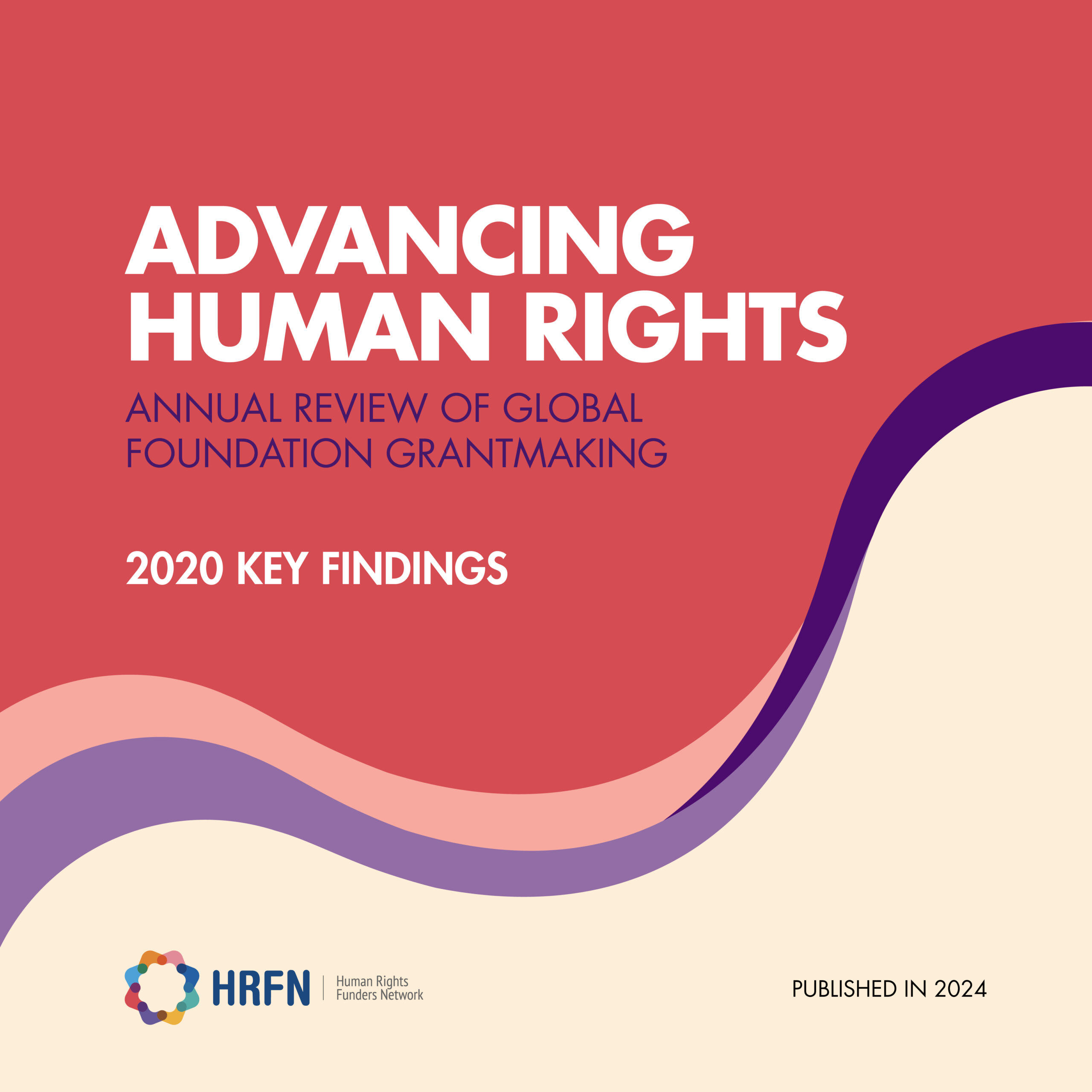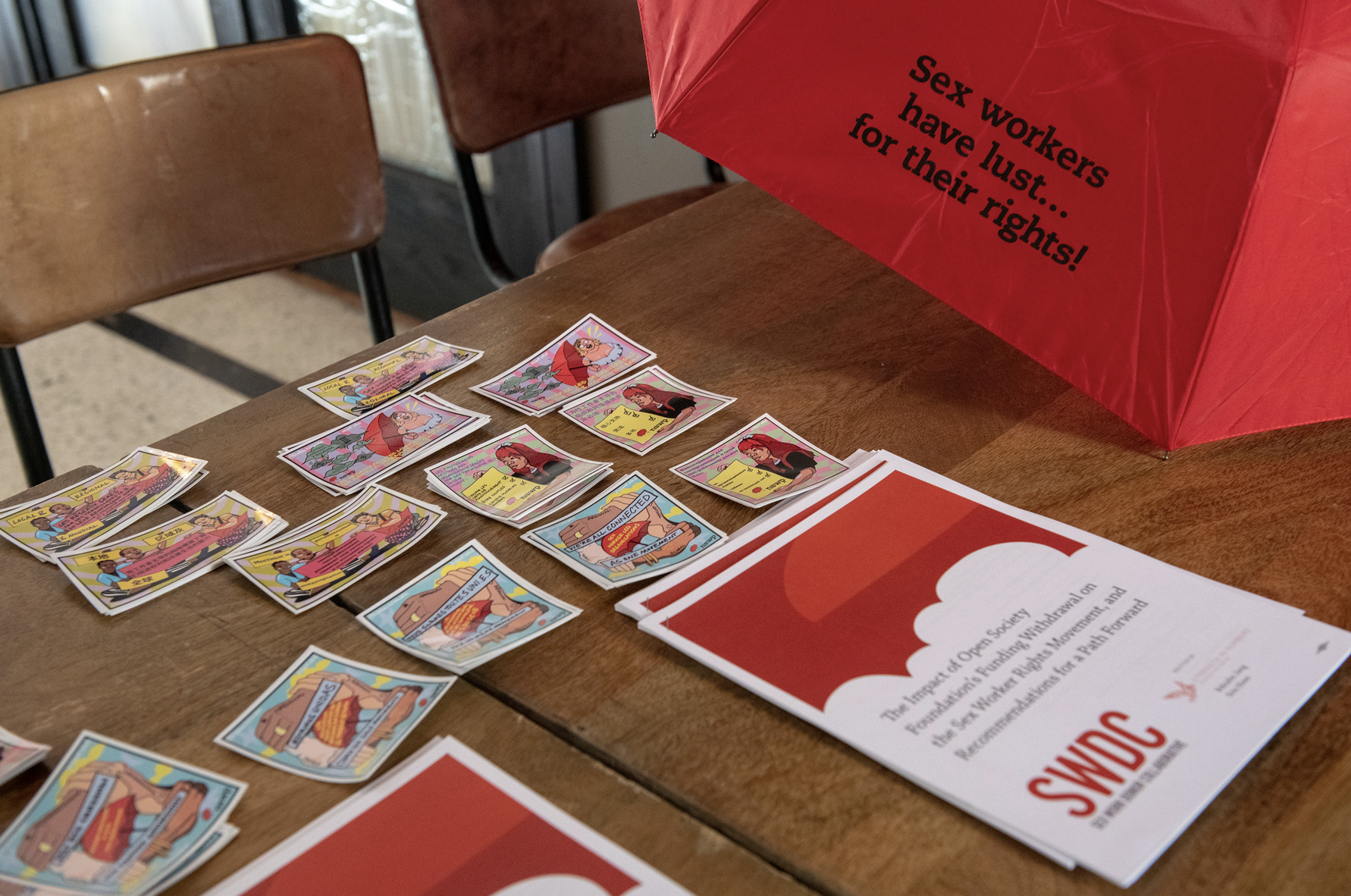By Rachel Thomas, Director of Research Initiatives at Human Rights Funders Network
“Shifts from a few large donors can have significant ramifications,” explained Artemisa Castro Félix of Action in Solidarity Fund (FASOL). Human rights funding from funders included in our trends analysis[1] dropped by 12% between 2011 and 2015 in Latin America, while most other regions saw increases. We asked three funders based in the region about the trends – specifically for Central America and Mexico. They noted that, while foundations are often responding to serious needs, their decisions can be driven by changing donor interests which has left some pressing issues underfunded.
The period saw persistent violence and human rights violations in Central America and Mexico, including forced disappearances, torture, and killings by state and non-state actors. Threats to environmental and resource rights escalated due largely to a flood of corporate development projects – like mining, hydroelectric dams, and solar energy – where concessions were granted to businesses without prior or informed consent from local communities. Meanwhile, concerns related to rule of law, transparency, and corruption continued. “Certainly in the case of truth and justice for grave human rights violations and environmental and resource rights, I think greater investment on behalf of donors has had to do with how terrible the situation has gotten in these countries,” explained Ana Paula Hernandez of the Fund for Global Human Rights. “But if you look at migration and displacement, or sexual and reproductive rights – two areas that have gotten a lot worse since 2015 in the majority of these countries – the investment has gone down. That has had to do with donor priorities that honestly I can’t understand.”
Both Ana Paula and Emily Barcklow from the Seattle International Foundation spoke of the sharp decrease in funding for sexual and reproductive rights. SRR funding in our trends analysis dropped by half in Latin America from 2012 to 2015, a trajectory Ana Paula suspects has continued. She notes that, in recent years, there has been significant progress in the region for women’s rights, and says, “Possibly funders invested a lot of money in getting that legislation in place and once it was in place they left, or stopped seeing it as a priority.” She stressed that the region has some of the worst SRR legislation in the world, including in Honduras, Guatemala, and El Salvador where abortion is prohibited for any cause, women are persecuted when they have miscarriages, and the threat of even stricter legislation looms – all while big donors are closing their SRR programs. Human rights funding for women and girls decreased by $22 million in Latin America between 2013 and 2015 – more than in any other region in our trends analysis.
“I don’t know if the funding levels really reflect the situation in terms of human rights. Sometimes I feel that there is a huge gap between the funders and what is needed on the ground,” observed Artemisa. “It would be good for donors to reflect on what it means when they stop funding something,” Emily stressed. “This is not to say that they should never change their strategy, but there is a responsibility around it that I think would be good to reflect on as donors.”
Funding decisions are complicated. There are considerable global needs and competing demands. As a region that has seen significant funding shifts, funders working in Latin America would benefit from more frank conversations about their funding plans, how they are making these decisions, and possible gaps they could leave. These can be challenging conversations but, as a community, there is a real benefit to having them. Artemisa has seen signs that many funders agree: “I’ve seen increasing openness among larger funders to discuss the issues with those who work more locally and try to build a stronger system of support on human rights…There’s a lot for us to do.”
[1] The Advancing Human Rights initiative tracks the evolving state of global human rights grantmaking. It is a collaboration between Human Rights Funders Network and Foundation Center, in partnership with Ariadne and Prospera, and maps the issues addressed, funding strategies used, and populations and regions served. The goal is to give funders and advocates the information they need to inform their decisions and increase their effectiveness.
Between 2011 and 2015, we collected data on almost 100,000 human rights grants from 1,193 funders in 114 countries. We recently released our first-ever trends analysis based on a subset of 561 funders who shared data all five years. In this Data in Dialogue series we take a closer look at the regions and populations to put funding trends in context and consider their implications.



